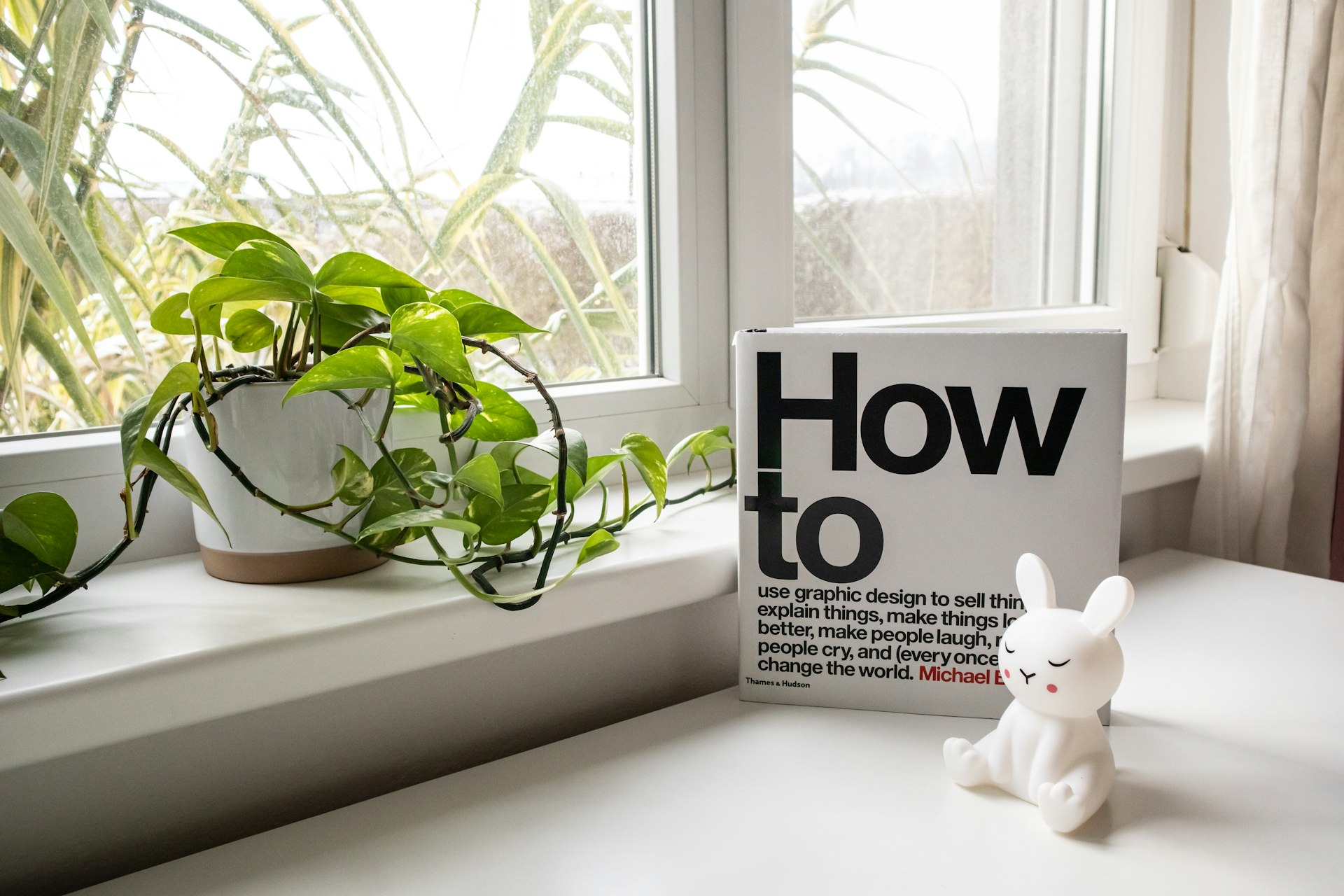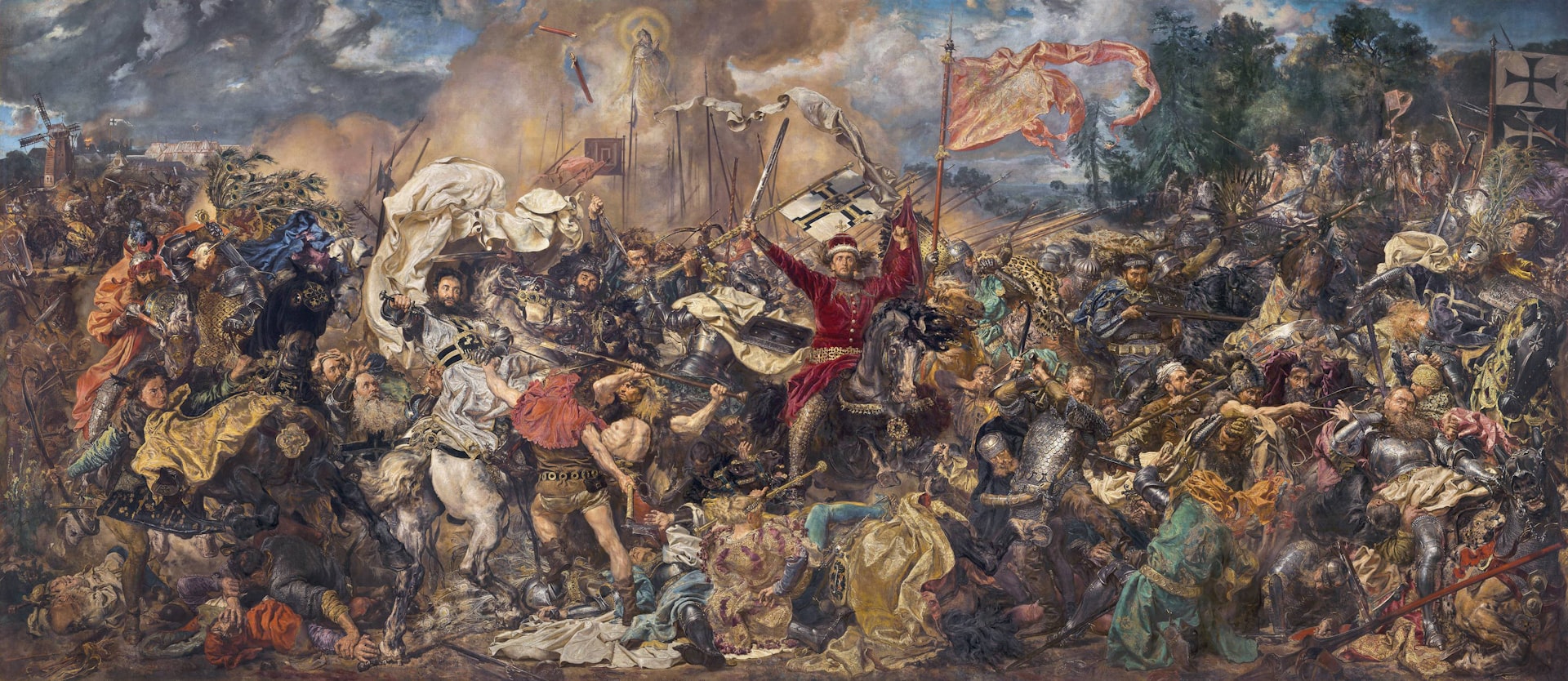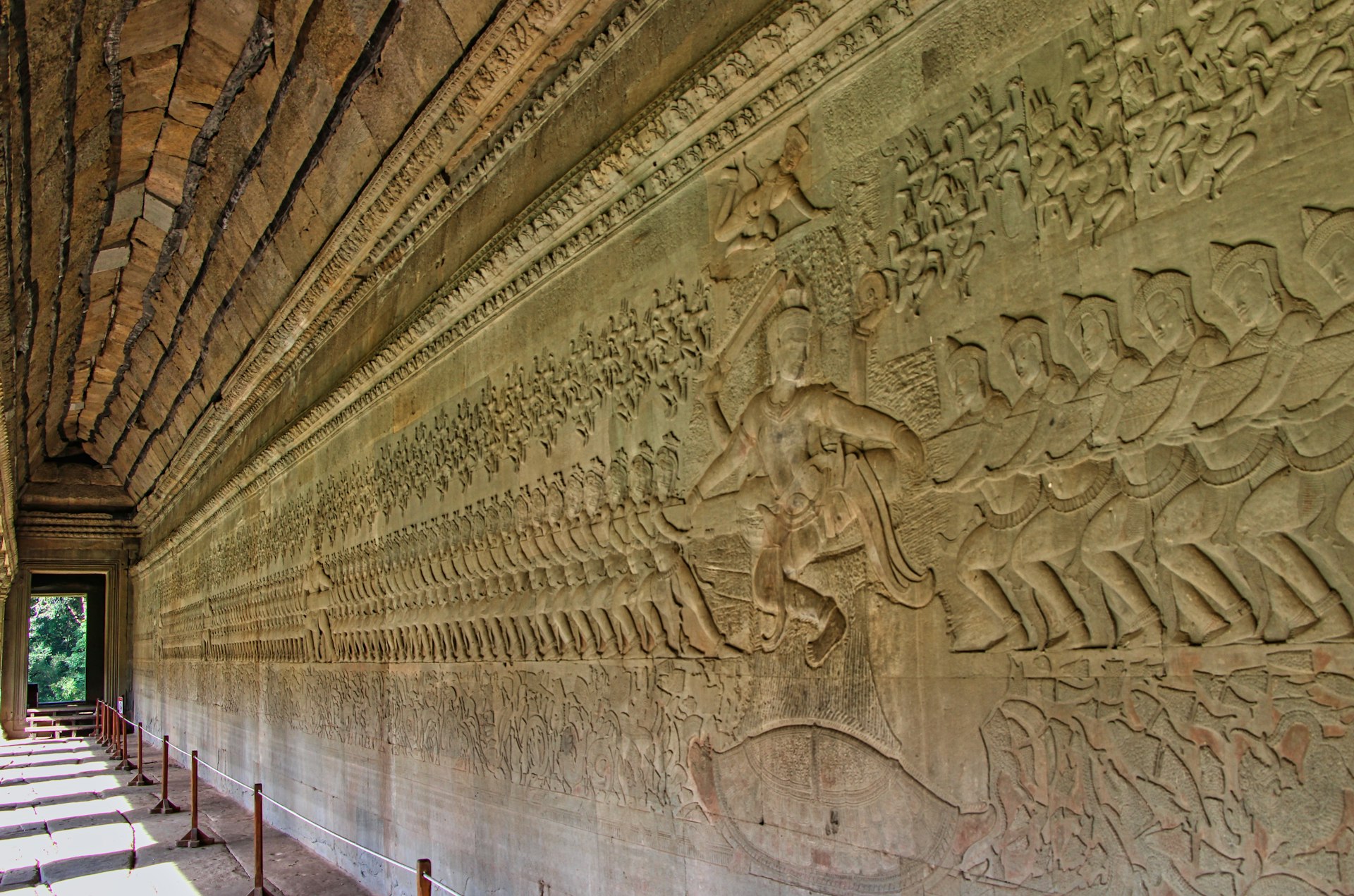Unlocking the Secrets of Ancient Egyptian Burial Practices: Rituals, Beliefs, and Their Enduring Legacy

Photo by Lisette Harzing on Unsplash
Introduction to Ancient Egyptian Burial Practices
Ancient Egyptian burial practices were among the most elaborate and enduring in human history. Rooted in a profound belief in the afterlife, Egyptians devoted immense resources and creativity to ensuring a successful journey for the deceased. Their funerary customs combined religious rites, advanced embalming techniques, and carefully chosen grave goods to support the soul’s transition into eternity. Over thousands of years, these practices evolved from simple desert burials to monumental tombs and intricate rituals, reflecting both spiritual aspirations and social hierarchies [5] .
The Spiritual Framework: Beliefs Guiding Burial Customs
Central to Egyptian burial customs was the conviction that life continued beyond death in an idealized realm called the Field of Reeds, where the deceased would enjoy a perfected version of their earthly existence. Egyptians believed that the soul comprised multiple parts-including the
ka
(life force),
ba
(personality), and
akh
(transfigured spirit)-each requiring careful preservation and rituals to achieve immortality. The preservation of the body was crucial, as the
ka
needed a recognizable vessel for the soul’s return
[1]
. These beliefs shaped every aspect of the funeral process, from mummification to the inclusion of amulets and spells.
Evolution of Burial Methods: From Sand Burials to Pyramids
Burial practices in Egypt developed significantly over time. In the early Predynastic period (c. 6000-3150 BCE), bodies were typically buried in shallow graves in the desert sand. The hot, arid environment naturally desiccated the bodies, creating the first mummies by accident. These burials often included simple goods, such as pottery and tools, to aid the deceased in the afterlife [1] .
As beliefs and social structures evolved, so did burial architecture. Wealthier Egyptians began to use mudbrick tombs called
mastabas
, which later inspired the construction of step pyramids and, eventually, the iconic pyramids of Giza. Pharaohs and nobles were interred in these grand structures, each designed to protect the body and house offerings for eternity. Social status determined the complexity of the burial: the elite enjoyed elaborate tombs and treasures, while commoners were buried in simpler graves, sometimes using clay slabs or local stone for protection
[3]
.
Mummification: Science, Ritual, and Symbolism
Mummification became the hallmark of Egyptian funerary practice. The process was both technical and spiritual, involving multiple stages:

Photo by Martin Z on Unsplash
- Body Preparation: Embalmers removed internal organs-preserving the heart, believed to be the seat of the soul-then dehydrated the body using natron, a naturally occurring salt. This step could last up to 70 days for royalty and the wealthy [2] .
- Wrapping and Amulets: The dried body was wrapped in linen, with special amulets placed between layers to protect the deceased. Careful incantations and magical spells were often inscribed onto the wrappings or accompanying papyri.
- Final Sealing: A layer of resin was applied to ensure preservation, and the body was placed in a decorated coffin or a series of nested coffins, often inscribed with the deceased’s name and protective texts.
While full mummification was reserved for royalty and the wealthy, simplified forms-sometimes using reused linen and fewer amulets-were available to the broader population. The poorest Egyptians might be buried in the sand, relying on the environment for preservation [1] .
Funerary Rituals and Ceremonies
Ancient Egyptian funerals were highly ceremonial. The deceased’s body was transported to the tomb accompanied by a ritual procession, often including musicians, priests, and hired mourners. For pharaohs and nobles, the procession might involve a symbolic journey on the Nile, while others were carried on sledges drawn by cattle [2] .
One of the most important rituals was the Opening of the Mouth ceremony, performed by a priest using a special tool. By touching the mouth and other body parts with this tool, the priest ensured that the deceased could speak, eat, and move in the afterlife. The ceremony symbolized the restoration of the deceased’s senses and abilities [3] .
Other rituals included the presentation of offerings, recitation of protective spells, and ritual dances performed at the tomb’s entrance. These ceremonies reinforced the belief that the deceased would be reborn and sustained in the next world [4] .
Grave Goods and Tomb Art: Preparing for the Afterlife
Grave goods were a vital component of Egyptian burials. Egyptians believed the deceased would need their belongings in the afterlife, so tombs were stocked with food, furniture, clothing, jewelry, and even models of servants. Magical objects, such as
shabti
figures-miniature statues meant to serve the deceased-were common in both elite and non-elite burials
[5]
.
For those who could afford it, tombs were richly decorated with wall paintings, inscriptions, and carved reliefs depicting scenes from daily life, religious rituals, and the journey through the underworld. The sky goddess Nut was often painted on coffin lids, symbolizing protection and rebirth [4] . Less affluent individuals might have simple pottery or clay plates, sometimes inscribed with prayers or magical formulas.
Accessing Further Resources and Practical Guidance
If you wish to explore Egyptian burial practices further, you can:
- Visit major museum collections, such as the Metropolitan Museum of Art (New York), the British Museum (London), or the Egyptian Museum (Cairo), which offer exhibits and digital archives on ancient Egypt.
- Consult academic resources and books available through university libraries. Search for terms such as “ancient Egyptian funerary practices,” “mummification,” and “Egyptian afterlife beliefs.”
-
For up-to-date archaeological discoveries, review recent publications in journals like the
Journal of Egyptian Archaeology
or check announcements from the
Egypt Exploration Society
. - Consider joining guided tours or lectures by certified Egyptologists. Many museums and universities offer online courses or recorded talks on Egyptian burial customs.
-
If you are interested in the latest research or wish to view authentic artifacts, search for “ancient Egyptian burial practices” on the official websites of leading museums or the
Ministry of Tourism and Antiquities of Egypt
.
Challenges and Changing Perspectives
Modern archaeologists face significant challenges in preserving ancient Egyptian tombs, which are threatened by looting, environmental damage, and urban expansion. Ethical considerations now guide the excavation and display of human remains and burial goods. The field continues to evolve, with new technologies revealing previously hidden tombs and providing insight into mummification techniques and social structures.
For those interested in contributing to preservation efforts, reputable organizations such as the
Egypt Exploration Society
and UNESCO’s World Heritage program allow for donations and volunteer opportunities. To learn more or get involved, you can search for these organizations and their official contact information online.
Legacy and Influence
Egyptian burial practices have left a lasting legacy, influencing funeral customs and spiritual beliefs worldwide. Their vision of the afterlife inspired later civilizations, including Greek, Roman, and early Christian traditions. Today, Egypt’s funerary monuments draw millions of visitors and continue to fascinate scholars and the general public alike.
To deepen your understanding, consider exploring reputable documentaries, academic publications, and museum resources. For classroom or personal study, educators often recommend starting with comprehensive overviews from established sources, such as the
World History Encyclopedia
or university-sponsored online courses.
References
- [1] University of Cincinnati OLLI (n.d.). Egyptian Funerary Practices and the First…
- [2] EBSCO Research Starters (n.d.). Ancient Egyptian Funerary Practices.
- [3] Wikipedia (2023). Ancient Egyptian Funerary Practices.
- [4] Glencairn Museum (2019). Preparations for a Good Burial: Funerary Art in Glencairn’s Ancient Egyptian Gallery.
- [5] World History Encyclopedia (n.d.). Ancient Egyptian Burial.



